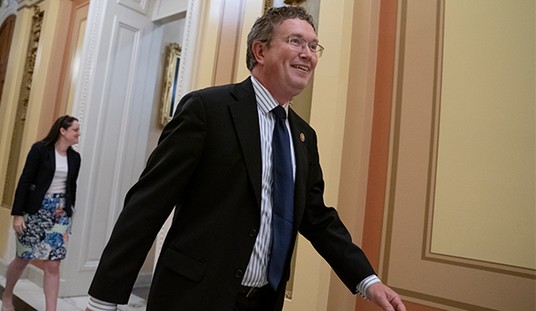The latest from President Obama’s pet green project.
Former employees of Solyndra, the shuttered solar company that exhausted half a billion dollars of taxpayer money, said they saw questionable spending by management almost as soon as a federal agency approved a $535 million government-backed loan for the start-up.
A new factory built with public money boasted a gleaming conference room with glass walls that, with the flip of a switch, turned a smoky gray to conceal the room’s occupants. Hastily purchased state-of-the-art equipment ended up being sold for pennies on the dollar, still in its plastic wrap, employees said.
As the $344 million factory went up just down the road from the company’s leased plant in Fremont, Calif., workers watched as pallets of unsold solar panels stacked up in storage. Many wondered: Was the factory needed?
“After we got the loan guarantee, they were just spending money left and right,” said former Solyndra engineer Lindsey Eastburn. “Because we were doing well, nobody cared. Because of that infusion of money, it made people sloppy.”
Solyndra sounds like it turned into a federal bureaucracy living in baseline budgeting, not a private sector company trying to be efficient to be competitive.
Along with the crazy spending spree — it’s always more fun to spend other people’s money — Solyndra may have lied to Congress about its financial health.
With the loan guarantee in hand, Solyndra built a second, seven-acre factory with 19 loading docks. As part of the expansion, Gronet and fellow managers hoped to cut costs by speeding up the automated assembly. To do so, they bought a custom-made assembly tool from VDL, a Dutch company. The company had never built that kind of equipment, but it promised the assembly tool would arrive in the summer of 2010. By that time, Gronet had been pushed out as chief executive. Workers told The Post in interviews that they were shocked that summer when Harrison, newly installed as CEO, told them that sales projections used to justify the new factory to federal agencies had been far too optimistic.
“Obviously their forecasts weren’t correct,” said Peter M. Kohlstadt, a research engineer. “We just didn’t have the sales we thought we had.”
Employees said that in 2010 they noticed that solar panel inventories were growing — raising questions about why they weren’t being sold. The new assembly equipment arrived late and had technical problems. VDL officials did not respond to a request for comment.
In a July 13 letter to the House Energy and Commerce Committee, then probing his company’s loan, Harrison insisted that the company’s future was bright.
“Solyndra’s revenues grew from $6 million in 2008 to $100 million in 2009 to $140 million in 2010,” Harrison wrote. “For 2011, revenues are projected to nearly double again.”
Bankruptcy filings show the company was at the time desperately looking for bridge financing to keep its doors open. It shut down six weeks later.
Maybe that’s why its officials have chosen to take the fifth.









Join the conversation as a VIP Member